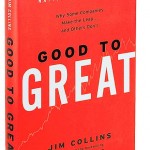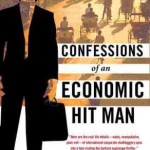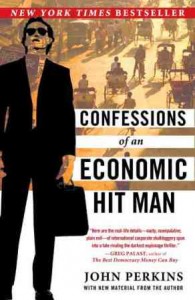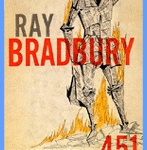
Good to Great #6: Technology Accelerators
The team supporting Jim Collins’ research for his book Good to Great debated whether or not a chapter needed to be dedicated to the use of technology by great companies – whether technology is a principle that took companies from good to great. The group didn’t feel they had sufficient evidence to argue that technology in and of itself took an organization from good to great. However, they did believe the use of technology had a significant impact on these organizations and so they decided the principle deserved representation.
What they found is that great companies leveraged technology to increase momentum; it is not the way they created their momentum. These companies think differently about technology and technological change...



 Jim Collins says in his book
Jim Collins says in his book 











